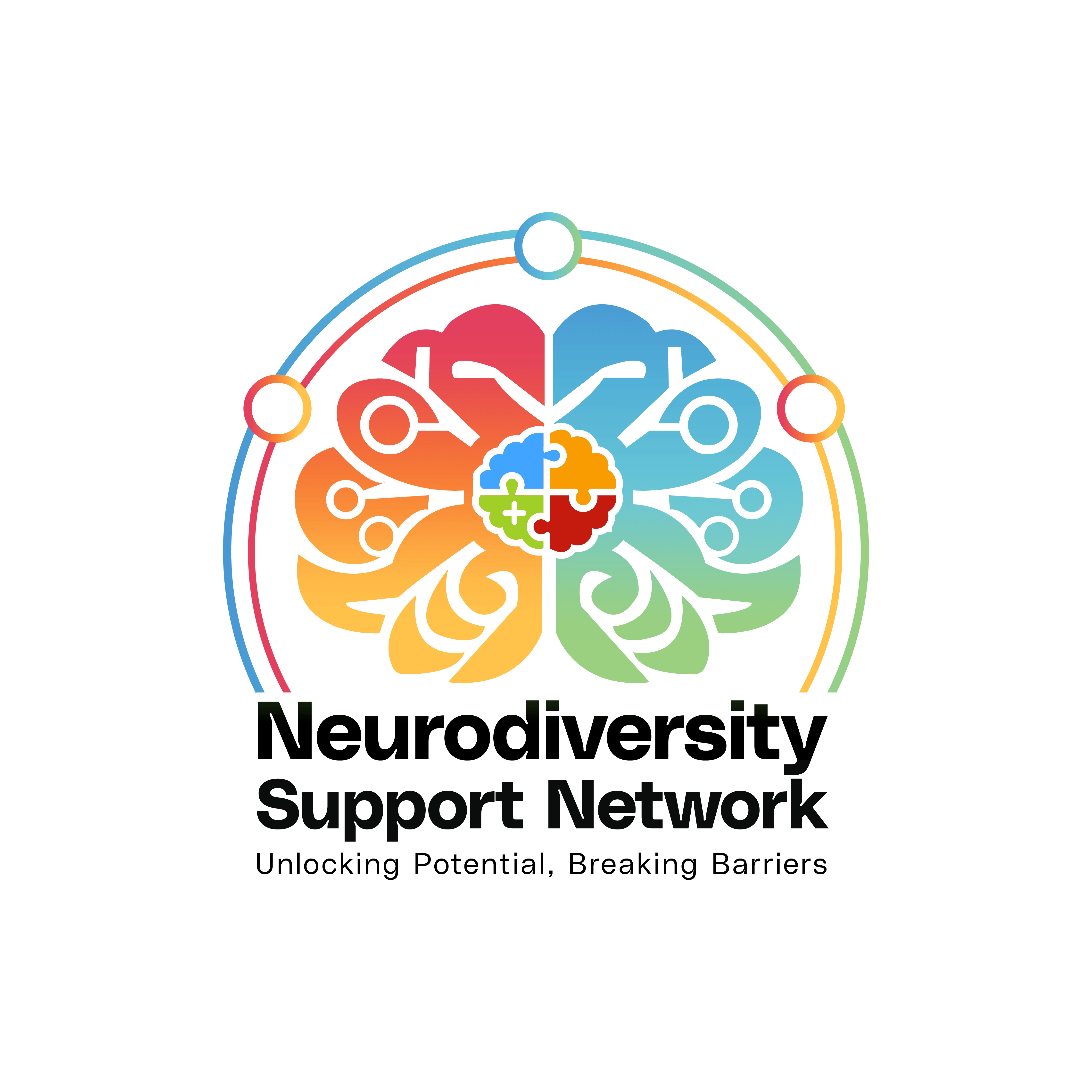ADHD

Attention Deficit Hyperactivity Disorder (ADHD) is a neurodevelopmental condition that affects an individual’s ability to focus, regulate impulses, and manage energy levels. It is commonly diagnosed in childhood but can persist into adulthood, impacting education, work, and daily life. ADHD presents in three main types: inattentive, hyperactive-impulsive, or a combination of both. Individuals may struggle with maintaining attention, organising tasks, and controlling impulsive behaviour.
While ADHD poses challenges, with proper support, structured routines, and personalised strategies, individuals can harness their strengths and thrive in various aspects of life.

Signs of Inattention
Easily Distracted
Struggles to stay focused, especially on tasks that aren’t exciting.
Forgets Things
Frequently loses items or forgets daily tasks like homework.
Trouble Following Directions
Has a hard time completing tasks step-by-step.
Avoids Long Tasks
Doesn’t like activities that need a lot of mental effort, like writing or studying.
Seems Not to Listen
Often appears zoned out when
spoken to.
Disorganised
Difficulty keeping track of belongings or planning ahead.
Signs of Hyperactivity
Always Moving
Can’t stay still; often fidgets, taps,
or gets up from a seat.
Talks Excessively
Speaks a lot, even when it’s not appropriate.
Acts Restlessly
Runs, climbs, or moves around in situations where they shouldn’t.
Can’t Sit Quietly
Struggles to engage in calm, quiet play or activities.
Constant Energy
Seems “on the go” as if driven by a motor..


Signs of Hyperactivity
Always Moving
Can’t stay still; often fidgets, taps,
or gets up from a seat.
Talks Excessively
Speaks a lot, even when it’s not appropriate.
Acts Restlessly
Runs, climbs, or moves around in situations where they shouldn’t.
Can’t Sit Quietly
Struggles to engage in calm, quiet play or activities.
Constant Energy
Seems “on the go” as if driven by a motor..

Signs of Impulsivity
Blurts Out Answers
Interrupts others or speaks without thinking.
Can’t Wait Their Turn
Has trouble waiting in lines or for their turn in games.
Acts Without Thinking
May grab things, run into traffic, or do risky things.
Struggles with Patience
Gets frustrated easily when they have to wait.

How It Can Look in Girls
Daydreaming
Girls are more likely to seem inattentive rather than hyperactive.
Emotionally Sensitive
May cry easily or struggle with regulating emotions.
Overlooks in School
Often labelled as "chatty" or "daydreamers" instead of being recognised as ADHD.

